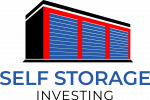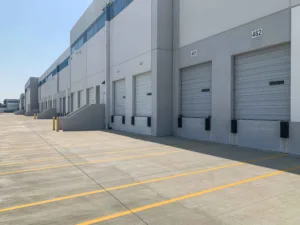Starting a self storage business can be a lucrative venture, but success largely depends on choosing the right market. Understanding demand is crucial, and several factors can provide valuable insights: demographics, homeownership status, and housing types. We will delve into how these elements, alongside historical trends, can help identify a promising market for self storage businesses.
Demographics: Who Needs Self Storage?
Demographics play a significant role in determining the need for self storage. Consider the age distribution and lifestyle of the population:
- Young Adults and Millennials: Young professionals and students often live in smaller apartments or dorms and frequently move, leading to a higher need for storage solutions.
- Families and Growing Households: Families expanding their households might need additional storage for items they can’t accommodate immediately.
- Retirees: Older adults downsizing their homes often require storage for belongings they cannot part with but do not have space for in smaller living quarters.
Example: A city with a high percentage of young adults and families, like Austin, Texas, indicates a robust demand for self storage, catering to both transient young professionals and growing families needing extra space.
Homeownership Status: Renters vs. Owners
The balance between renters and homeowners is another critical factor:
- Renters: Areas with a high percentage of renters often show increased demand for self storage. Renters typically live in smaller spaces and move more frequently than homeowners, requiring temporary storage solutions during transitions.
- Homeowners: While homeowners may have more space, they still need storage during renovations, moves, or for storing seasonal items.
Example: A city like San Francisco, with a high renter population due to its tech industry and expensive real estate, represents a market with strong demand for self storage.
Housing Types: Multifamily vs. Single Family Units
The type of housing prevalent in an area can also indicate the potential demand for self storage:
- Multifamily Units (Apartments, Condos): These residents often have limited storage space, driving the need for external storage units.
- Single Family Homes: In growing cities, single family homes often indicate expanding households that may require additional storage.
Example: In a city like Charlotte, North Carolina, where there is a mix of multifamily units and single family homes in growing neighborhoods, the diverse housing types signal a varied but strong demand for self storage solutions.
Growing Cities: A Signal of Opportunity
Cities experiencing growth, whether in population or economic development, often present significant opportunities for self storage businesses. Growth brings new residents, housing developments, and increased mobility—all of which drive storage needs.
Example: Phoenix, Arizona, has seen substantial population growth and urban development in recent years, making it a prime market for self storage due to the influx of new residents and varied housing developments.
Anomalies and Trends: COVID-19 Impact
When evaluating market demand, it’s crucial to consider anomalies over the past decade, such as the impact of COVID-19. The pandemic drastically inflated the demand for self storage due to several factors:
- Remote Work: Many people moved from urban centers to suburban or rural areas, requiring storage for items that didn’t fit into their new living spaces.
- Economic Uncertainty: The economic impact led to downsizing and relocation, further driving storage needs.
- Home Renovations: Increased time at home led many to undertake renovation projects, creating temporary storage demands.
Conclusion: Key Takeaways
When seeking demand for a self storage business, focus on:
- Demographics: Young adults, families, and retirees.
- Homeownership Status: Higher renter populations signal greater demand.
- Housing Types: Multifamily units and growing single family home neighborhoods.
- City Growth: Growing cities with diverse housing developments.
Understanding these factors, along with historical trends and anomalies, can provide a comprehensive view of market demand, helping you choose the right location for your self storage business.





